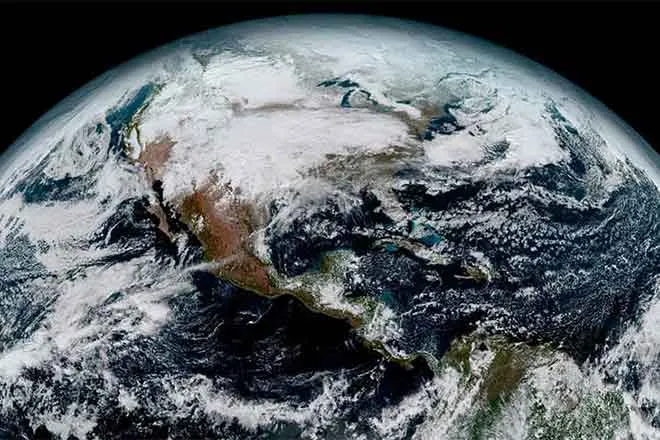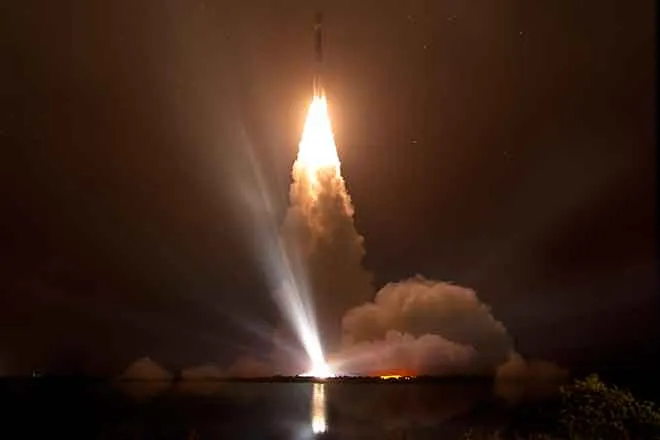
EarthTalk - Why are ecologists so bullish on 'enhanced geothermal' power plants?
© iStock
Dear EarthTalk:
Why are ecologists so bullish on “enhanced geothermal” power plants, and how do they differ from regular geothermal?
Paul Berman, Milwaukee, WI
Geothermal energy is energy derived from the natural heat beneath the Earth’s surface. The word geothermal comes from the Greek “geo” (for earth) and “therme” (heat).
Humans have been harnessing the heat from the center of the Earth for eons in one form or another, but it wasn’t until the 20th century that we started utilizing it as a renewable power source. By drilling below the Earth’s surface and cycling water or other liquids down there, the heat is brought up to use directly as a heat source or indirectly to create steam that turns turbines that generate electricity. When ambient temperatures are colder than the ground, a geothermal heat pump removes heat from the collector's fluids, concentrates it, and transfers it to the building. When ambient temperatures are warmer than the ground, the heat pump removes heat from the building and deposits it underground.
The world’s first commercial geothermal power plant opened in Italy in 1911, but the U.S. didn’t see its first utility-grade geothermal plant until 1960 when the Geysers Geothermal Field opened for business in Northern California. Cut to the present and the U.S. leads the world in geothermal energy production with some 6,500 megawatts of power online from 93 different plants from coast to coast. Geothermal systems, which provide so-called “baseload” supplies of power—that is, available 24/7—are a good complement to other renewables which are only available on an intermittent basis (solar when the sun shines, wind when the wind blows).
And in November 2023, Texas-based Fervo Energy, with backing from Google, opened a new generation of geothermal plants in Nevada. This so-called “enhanced geothermal system” (EGS) facility supercharges the geothermal production process by using advanced drilling techniques to access deeper and harder-to-reach resources. EGS also involves using high-pressure water to break up the subterranean rocks so as to enable the extraction of larger loads of heat much more quickly. As the water circulates through these fractures, it absorbs heat from the surrounding rocks before being brought back to the surface to generate electricity. (Conventional geothermal plants tap into hot springs and geysers much closer to the Earth’s surface.) And deeper drilling means enhanced geothermal can be implemented just about anywhere on the planet.
Despite the invention of the EGS concept in the early 1970s, Americans are a little late to the party with regard to developing it for large-scale generation. The first commercial-scale EGS plants opened in France and Germany in the early 2000s, and these days dozens of others can be found across the United Kingdom, Australia and Japan.
Industry analysts think U.S. producers will soon catch up with other leading EGS countries given that it’s such a reliable and inexpensive energy generation system to maintain—although up front development costs are still high given that the technology is relatively new.
CONTACTS
- Geothermal explained, https://www.eia.gov/energyexplained/geothermal/
- America’s first ‘enhanced’ geothermal plant just got up and running, https://www.canarymedia.com/articles/geothermal/americas-first-enhanced-geothermal-plant-just-got-up-and-running
- Fervo Energy, https://fervoenergy.com/.
EarthTalk® is produced by Roddy Scheer & Doug Moss for the 501(c)3 nonprofit EarthTalk. See more athttps://emagazine.com. To donate, visit https://earthtalk.org. Send questions to: question@earthtalk.org.
















